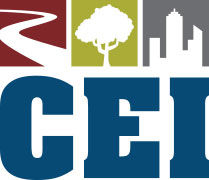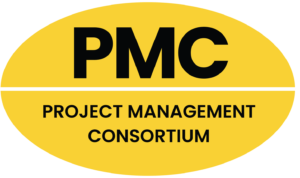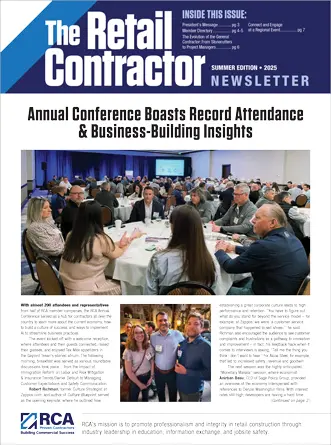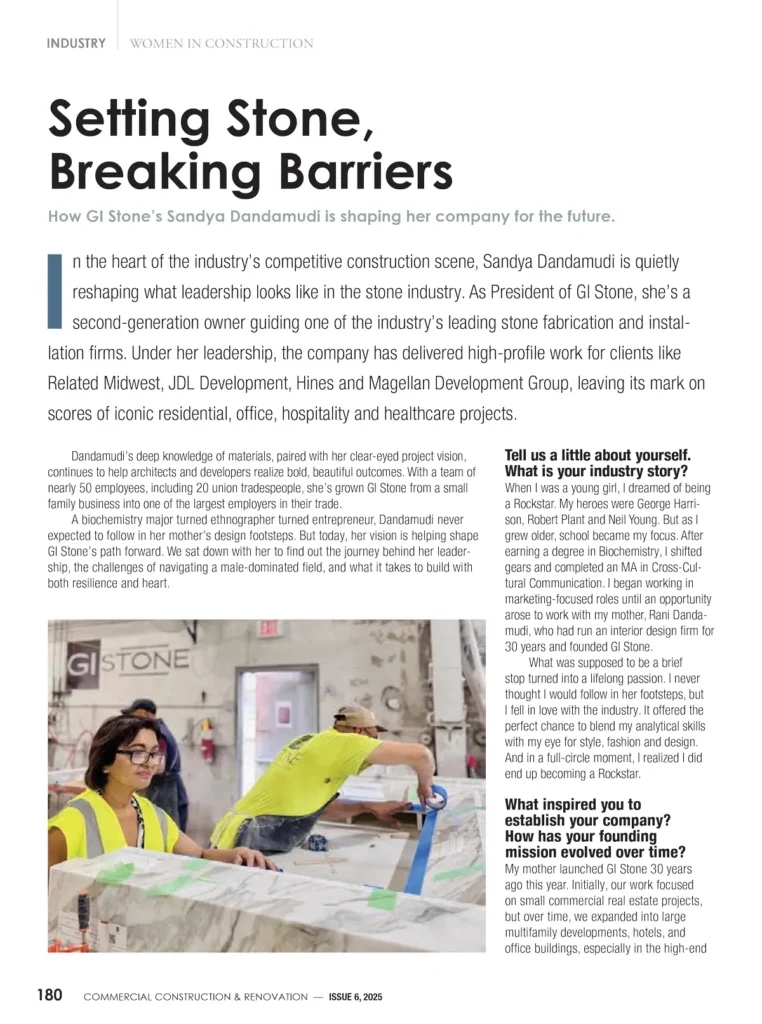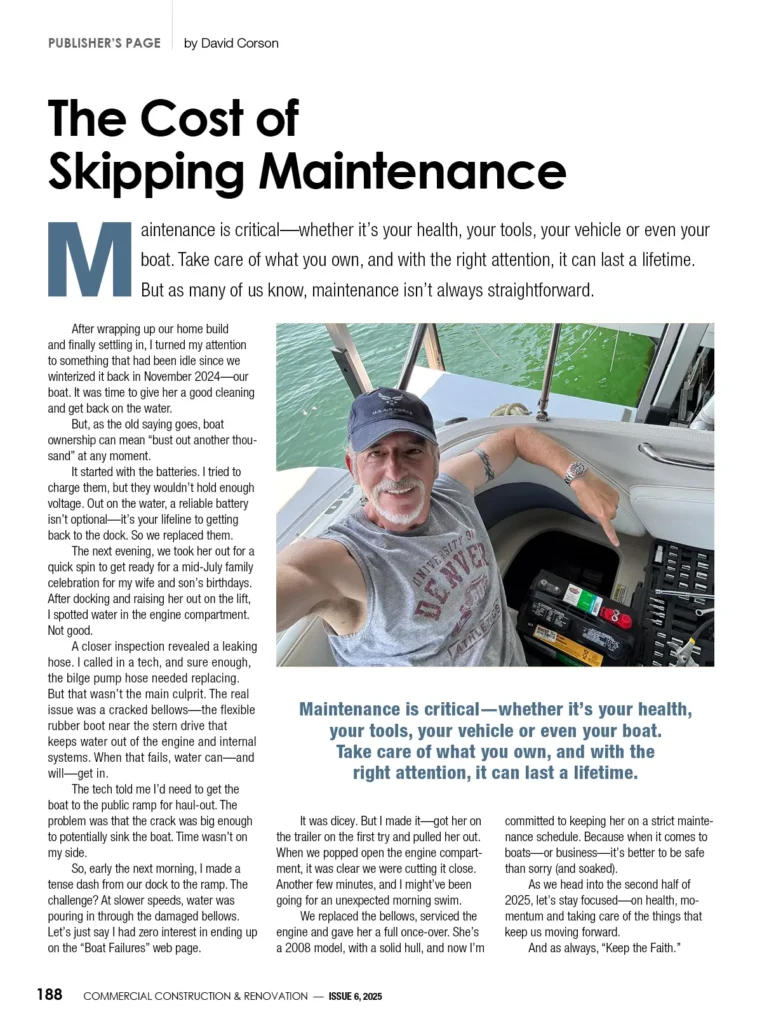As executive search consultants for TRANSEARCH International, clients trust us to identify their next senior leaders. We identify, attract, and hire executives who align with our client’s long-term strategies. We find executives with the leadership competencies to impact the unique culture of our clients’ organizations. It’s a challenge we enjoy.
A luxury of our job is that we are routinely networking with executives at the top of their respective fields, giving us the chance to learn about the high-level strategic trends transforming various industries; for example, we recently completed a search for a client expanding their presence in the emerging Smart Cities market.
The client firm had experience with early adopters, and the team was aware that robust growth was on the horizon. They knew the market stood to grow in step with urban population growth; the firm needed experienced leadership to help them corner a promising market.
We routinely asked our candidates to breakdown the latest updates related to Smart City development, knowing we’d be well-positioned to help if we understood how the technology is evolving. Through our conversations, we learned a lot about Smart Cities that we’re pleased to share.
Smart City basics
Smart Cities unify several distinct areas, that once existed as individual sub-industries including: transportation and mobility, tolling and payment systems, parking, energy and grid management, water and wastewater management, trash and waste management, and emergency response management. Smart Cities employ modernized legacy equipment and infrastructure, integrating disparate data streams from siloed tools and systems.
For many cities, transportation is a priority because streamlining it improves city life. While most cities support public transit options, mobility options have proliferated as private startups fill the gap. Ride sharing has taken on the legacy taxi industries, while bike and scooter sharing startups have risen to bolster individual users’ mobility.
As the technology and policies mature, autonomous fleet management and the corresponding data analytics on traffic patterning will inform more robust decision-making for cities. As an added complexity, ensuring mobility options serve all people in the community equally will be critical to ensuring equitable outcomes for a city’s population.
Integrated parking systems have already rolled out in many cities, and will continue. As ride-sharing and autonomous vehicles roll out, regulation will follow and parking will need to adjust to accommodate fleet storage rather than individual car storage. Gasoline cars will continue to be replaced by electric vehicles, and widespread charging stations will be necessary. Distributed grid management will become a more complex challenge and will require its own system integration; likewise, centralized power is rapidly declining as solar and wind sources provide power to the grid, even in urban environments. The complexity of such distributed systems will become increasingly taxing to manage, so artificial intelligence will enable humans to better handle this challenge.
Connecting it
Over time, introducing Internet-of-Things devices to monitor activity remotely will become commonplace; this will require better edge analytics in the devices themselves, as well as more advanced data storage and enhanced connectivity through 5G.
Cybersecurity, always a concern, will grow as centralized data and data in the devices themselves poses serious risk. Blockchain technology may be able to provide additional security, but the technology is still too new for mass adoption and implementation.
Responding to emergencies may become more sophisticated as tools become more widespread. In the future, for example, direct vehicle-to-vehicle communication can help spread emergency information rapidly and precisely. Traffic management systems may be able to re-direct cars in real-time as first responders open specific passageways to more rapidly navigate dense city environments. Trains and buses can be re-routed in response to emergency vehicles’ needs. Emergencies like outages in the grid or leaks in water systems can be predicted with accuracy or re-routed in the moment.
Enhancing cities’ “smarts”
Urbanites and community leaders are enticed by the prospect of Smart Cities. But they are depending on consultants to provide guidance. The politics, pain points, aspirations, and procurement process for each city is unique, and thus difficult to navigate for private contractors.
To take a role in furthering this technology, leaders must contend with both the short-term cycle of the political process and the long-term effects of technology changes. For many politicians, they must approach such projects as investments – building blocks that will allow the city to adapt in the medium- and long-term, often well after the politician has left office.
Riding a technology fad could be a recipe for disaster if that technology becomes obsolete or improves too rapidly and upgrades must be made later. Right now, many cities are focused on the foundational building blocks that will enable later projects – 5G deployment, utility upgrade are large, heavy projects that must proceed for the fun, exciting technology integration to come. Some cities are waiting to see which autonomous driving technology “wins out” before investing.
Repeatedly, candidates emphasize the importance of long-term relationship building. Having both the agility to work with a wide range of stakeholders and the listening skills, empathy, and problem-solving ability to work together with a city leader for years ahead of a proposal is the only way to achieve success. Leaders must also learn to work across disciplines, partnering with contractors, engineers, technology providers, data companies, system integrators, public utilities, local, state, and federal politicians, and other related vendors. The communication skills to navigate between these groups is a challenge in itself.
Investing in smart cities
A common question that city leaders ask is, “Where do we get $100M, and what’s our return on that investment?” Several major contractors like AECOM, Parsons have used unique financing models to help ensure these projects have the requisite cash. Build/Lease/Transfer will likely be utilized more frequently for large data-enabled infrastructure projects, ensuring the city can maintain the project.
Public-Private Partnerships (P3) will be utilized for the largest of these projects, moving them closer to a public utility like many train systems. Many projects involve monetizing new or existing assets. Most cities need help with funding and look to project leaders and consultants to make the economics work.
Interestingly, many of the early “Smart City” projects are notably not focused on juggernauts like New York City, Boston, or San Francisco. Instead, Columbus, Kansas City and Tampa are some cities leading the way. Our candidates explained that mid-sized cities have the ability for well-sized, meaningful tests that can then be deployed to larger cities or mid-sized markets.
Every city is unique; therefore, template solutions will likely fail. Each smart city application should be tailored to the needs, goals, and pain points of that individual city. Los Angeles might focus on traffic and congestion, while Tampa might focus on resiliency to withstand worsening hurricanes.
Hurtles
Contractor and sub-contractors who’ve worked on smart cities have an advantage in an emerging market; expect fierce competition for those roles over the next five years.
Despite the exciting potential Smart Cities offer, frustration abounds. The Columbus project has slowed as costs have mounted. Kansas City recently conducted a broad, vague, open-ended RFP process to assess potential options.
As municipalities work through the RFP process and identify funding for future investment, most contractors are waiting for a green light to get started on the actual project. In the meantime, conferences and meetups have sprung up around the country, almost to the point of suffocation. One candidate joked, “The only people making money are the conference hosts. I want to build real projects.”
Despite set-backs, candidates recognized that the convergence of data, technology, and infrastructure will aid cities as they prepare for population influxes. Ensuring they have access to the multitude of services that benefits citizens will increasingly become a challenge as the system is stretched to its limits. These experimental projects will take effort and capital. The multi-faceted leaders who can build long-term partnerships are most likely to succeed. More info at www.transearchusa.com.
Chris Swan, Co-leads the TRANSEARCH Chicago office and is a global practice leader in the areas of construction, real estate, and design build. He is also leading our Digital practice expansion in the United States.





